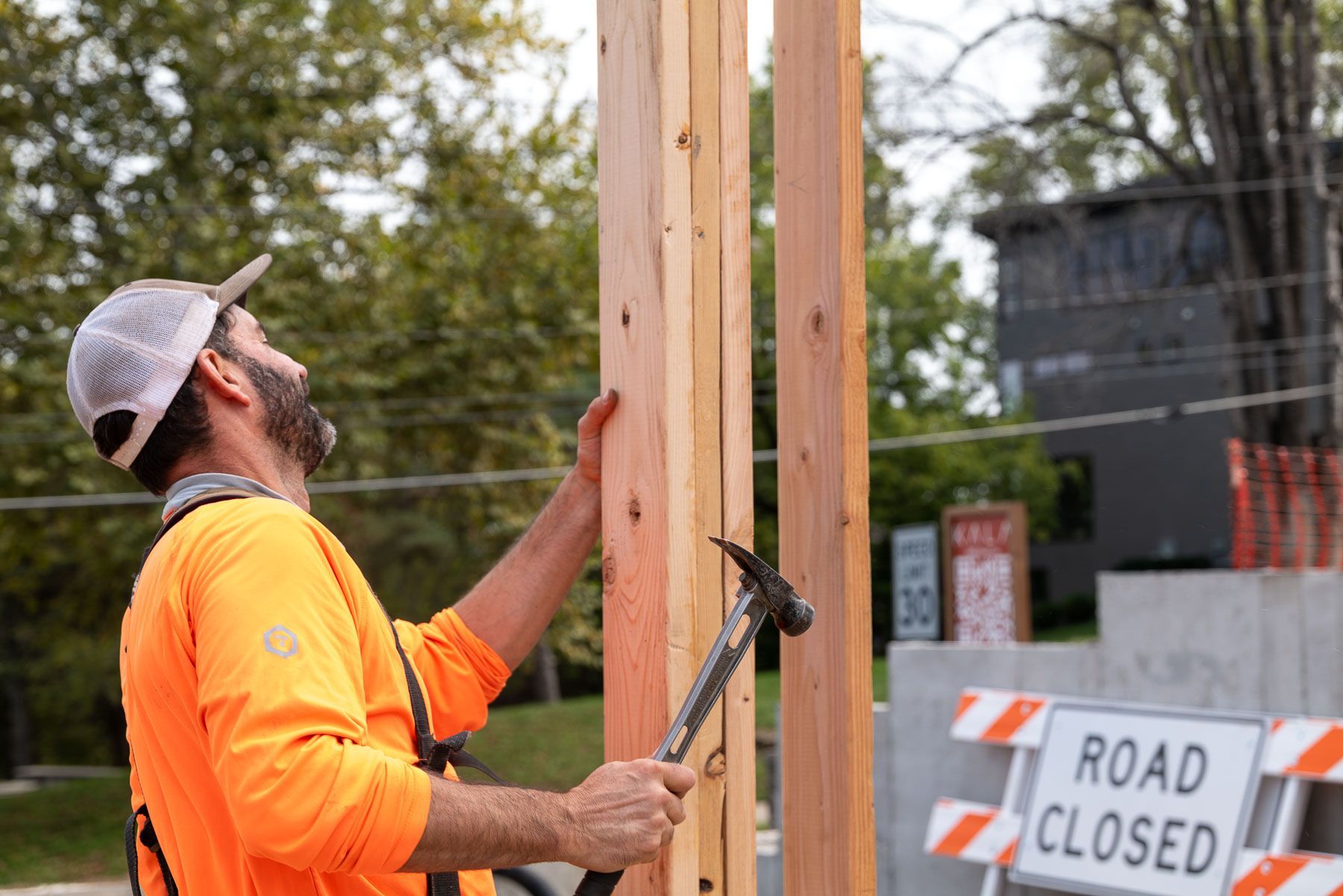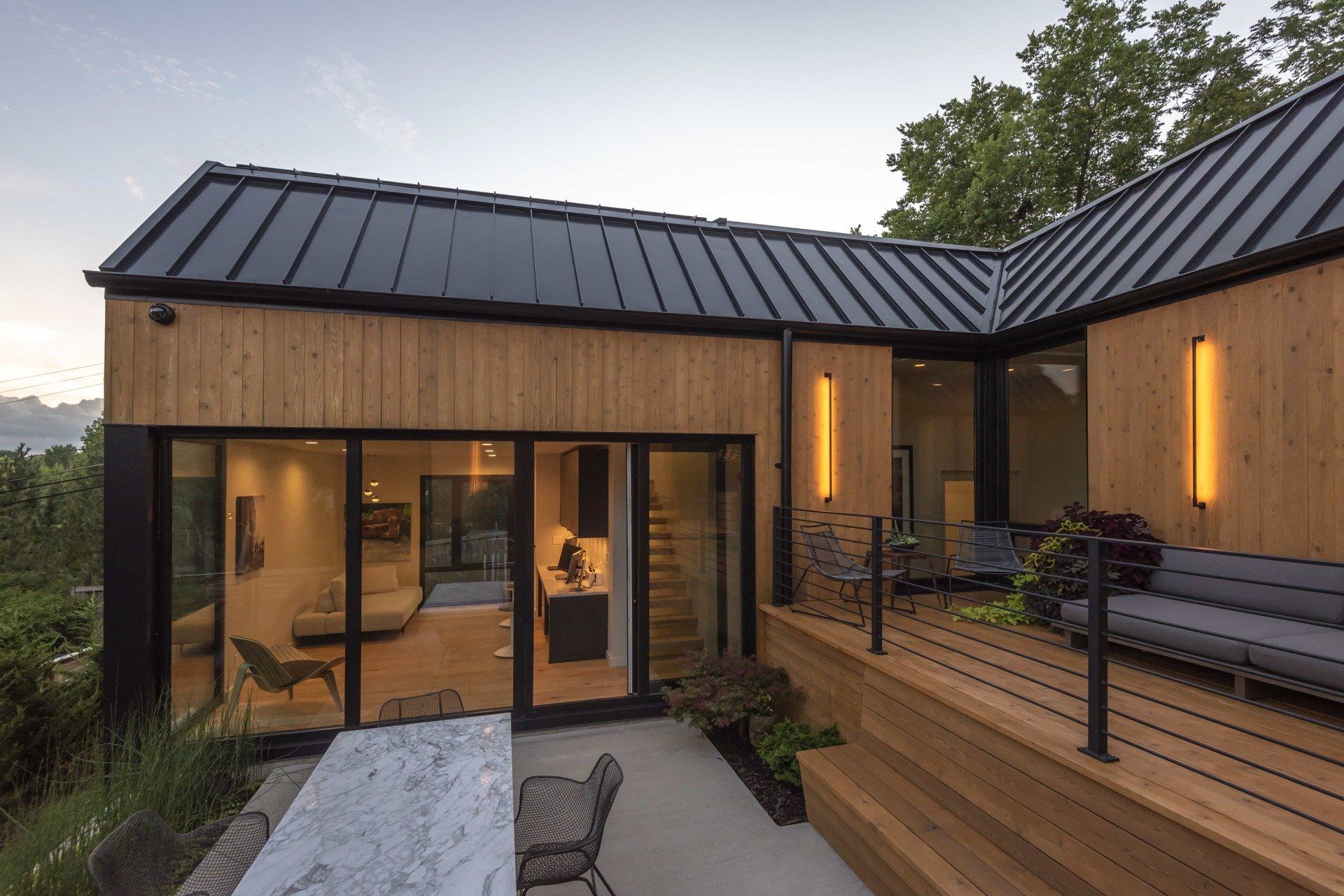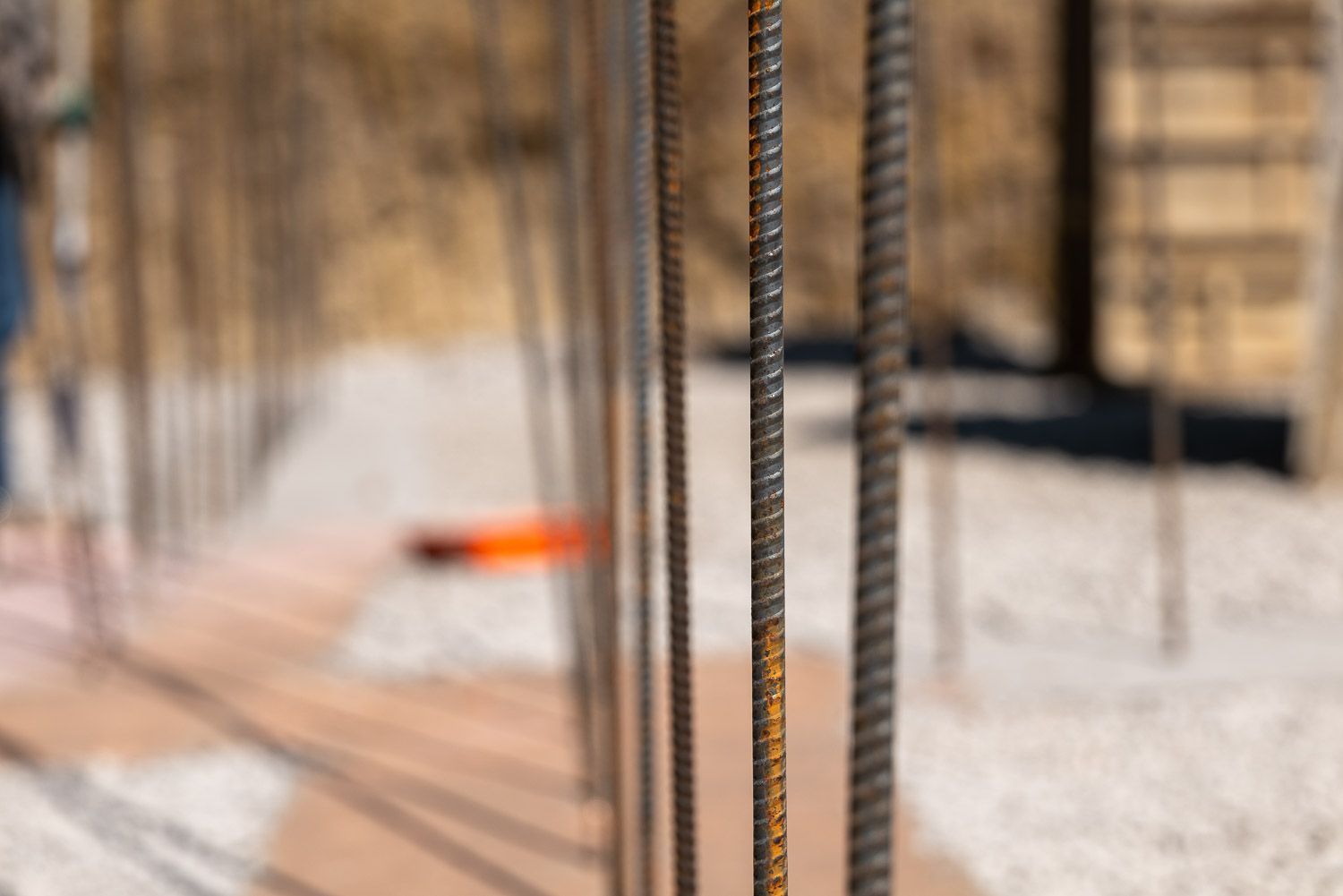Can You Open the Windows in a Passive House?
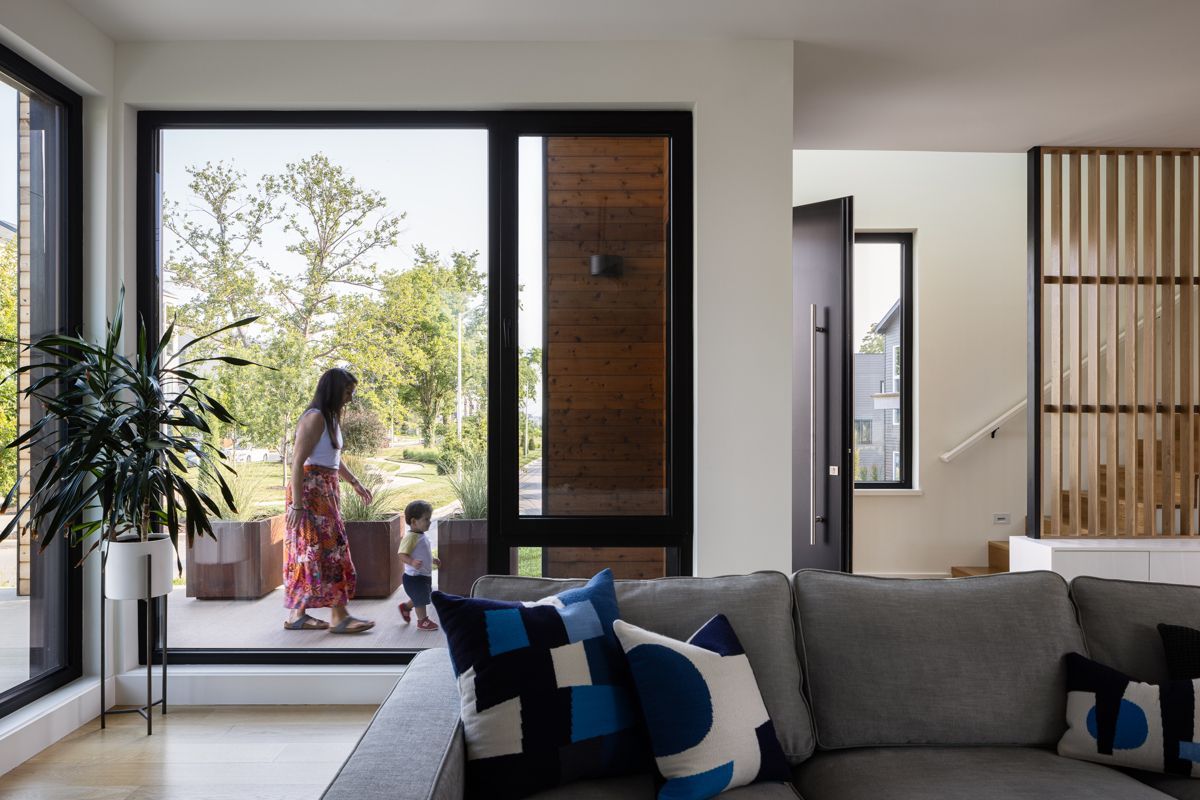
Can You Open the Windows in a Passive House? (And Other Things to Know about High-Performance Glazing)
Building homes with cheap materials to sloppy standards has been the norm for so long now that the principles of Passive House construction make it hard to do an apples-to-apples comparison, leading to many misconceptions. In this post, we’ll answer one of the most common questions about Passive House building and then share why it’s related to an important element of a durable, comfortable, healthy, and sustainable home.
First Things First: What Does Glazing Mean?
Glazing refers to the glass technology used in windows. Consider the lenses in a pair of eyeglasses. The piece of glass is considered a lens once it’s placed within the frames of the glasses. In high-performance windows we utilize what is called an insulated glazing unit (IGU) which consists of the actual glass and fill, which is typically a noble gas used to insulate between the panes of glass.
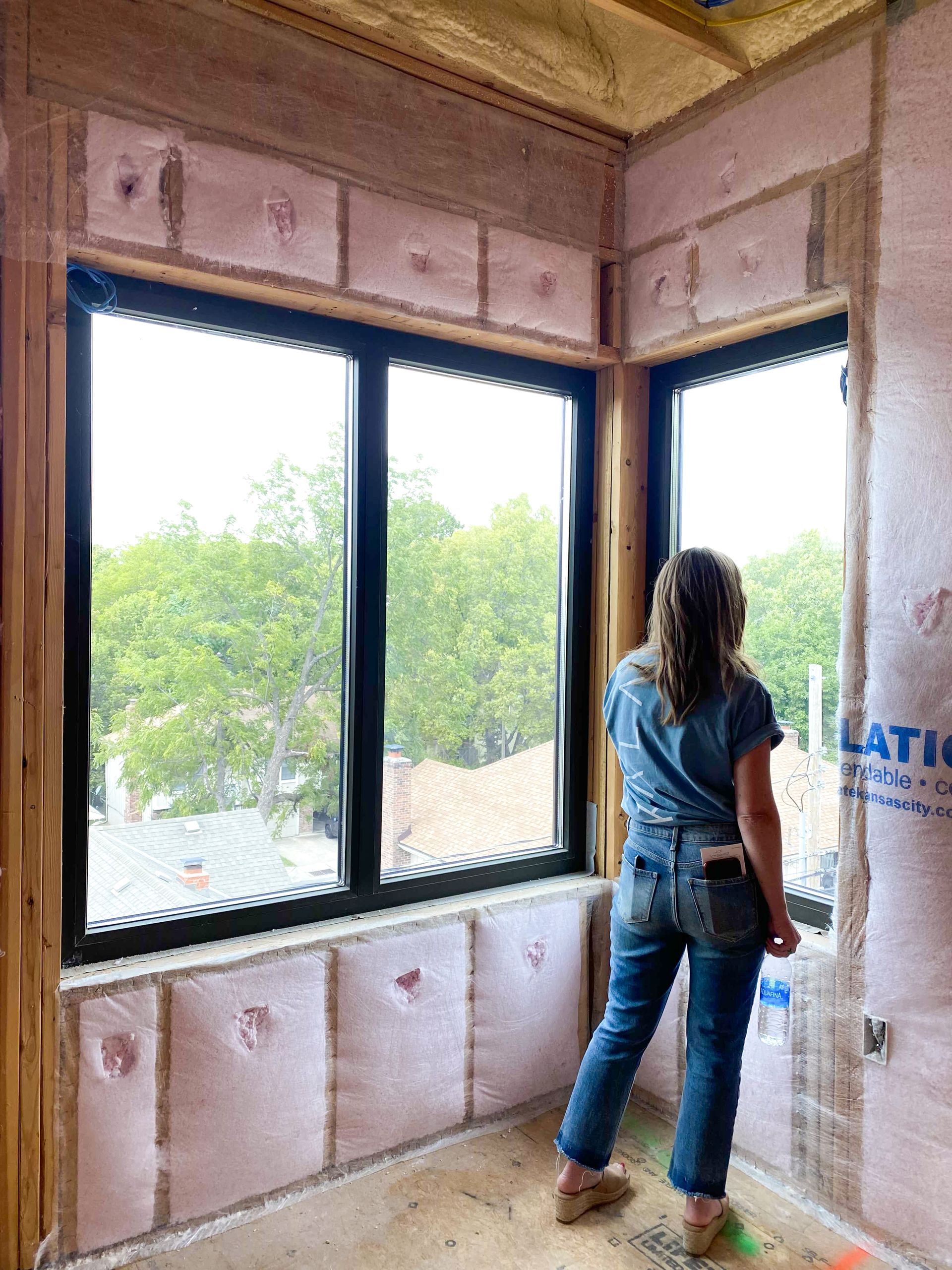
Do I Need to Keep Windows Shut in a Passive House?
Airtightness is a key Passive House principle. To be able to control airflow in a home, you first have to enclose it, which requires creating a tightly sealed building envelope around the entire structure. This is why some people think you have to leave the windows sealed shut, as they believe opening them would break that airtight barrier between the indoors and outdoors. But that’s not actually true – you can open the windows in a Passive House. Certainly, this will let air in and out, but it’s temporary and done in an intentional way.
How does Airflow work in a Passive House?
That being said, you might not need to open your windows anywhere near as often if you build a Passive House. In a conventional home, doing so is the easiest way to let odors, mustiness, and fumes out and bring outside air in. It also allows you to connect with the outdoors when the weather is nice and the temperature is pleasant. In a Passive House, continual ventilation is always removing cooking fumes out of the kitchen, steam from bathrooms, and other kinds of stale air from the rest of the home.
Simultaneously, fresh, filtered air that’s free from allergens, pollutants, and irritants is being brought in.
While you still might want to feel the sensation of a nice breeze blowing through an open window sometimes, you won’t need to do so as often as you’re already enjoying refreshingly clean air inside. The mechanical systems in a Passive House also keep the temperature and humidity levels constant year-round, so opening windows isn’t necessary to experience relief during a stifling summer.
Why Do Windows Help with Temperature Control in a Passive House?
The windows in a Passive House help contribute to temperature and moisture regulation. Before your project even begins, your architect and builder will orient the home optimally on the site so that it’s south facing with thoughtfully placed windows. This maximizes
the benefits of passive solar (i.e., capturing the sun’s heat energy and retaining some of this solar gain) to help warm the house in the winter, while providing ample daylight the rest of the year without overheating the home. This is complemented by carefully planned shading.

What’s Different About the Windows in a Passive House?
Another way that windows help keep efficiency high and bills low in a Passive House is by contributing to the integrity of the building envelope. In traditional homes, windows are a typical fail point that let more and more air and moisture in as they degrade over time. When combined with a lack of insulation, thermal bridges, and permeable walls, this leads to seasonal temperature swings that force your HVAC system to work overtime, drastically increasing energy use and utility costs.
Whereas in a Passive House, high-performance glazing features such as triple-glazed glass panes, insulated frames, and resilient flashing eliminate hot and cold spots and prevent excess air, heat, and moisture flowing in and out. Expert installers ensure that each window is correctly placed, perfectly sized, and tightly sealed.
When combined with well-crafted framing, insulated walls, foundation, and roof space and the elimination of thermal bridging, high-end windows help maintain a comfortable indoor environment at all times, which only needs to be subtly adjusted by the ERV (energy recovery ventilator) system that’s much more efficient and adaptive than standard HVAC. This reduces the environmental footprint of the home and utility costs. Premium glazing is also more durable, so it lasts longer, keeps maintenance costs down, and avoids the need for costly replacements.
So if you decide to build a Passive House or do a high-performance retrofit of your current home, go ahead and open the windows. And now you know how they can also keep warmth in during winter and out in summer, bring in natural light without hot or cold spots, and contribute to high efficiency and low utility bills.

